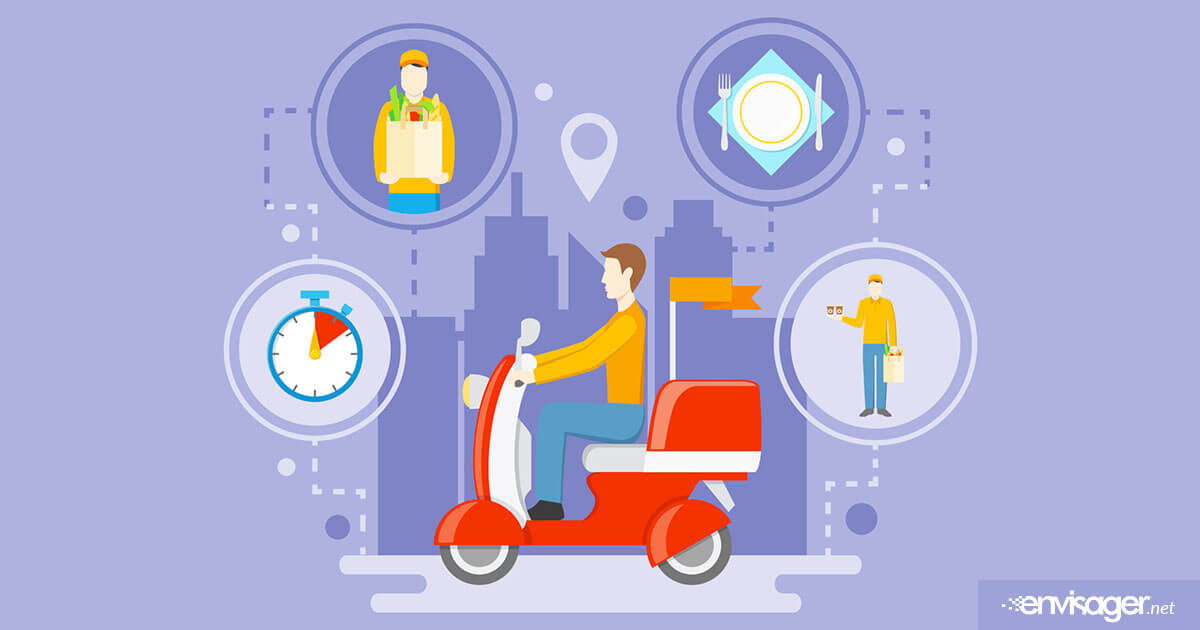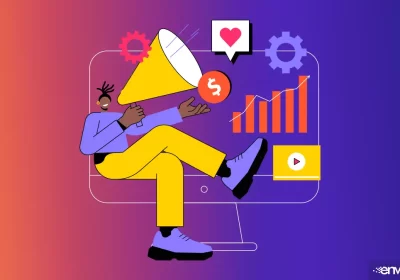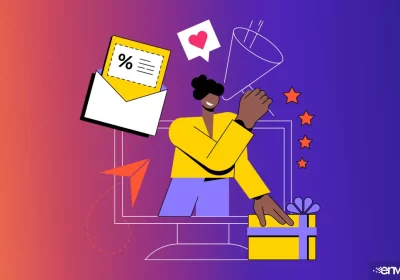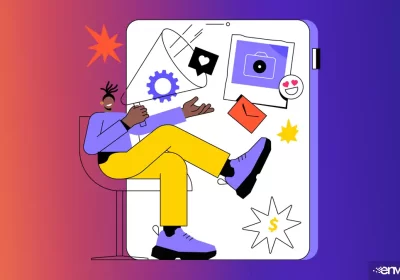Food Delivery Apps Impact On Restaurants

Food delivery apps are trending these days, but how fair are they to participant restaurants? More and more people are getting food delivered to their home and office through food delivery apps.
The simple process of summoning a full-cooked meal is having noticeable impact on restaurants. While food delivery is a natural progression in the age of mobile technology, it’s having a negative impact on smaller restaurants.
Restaurants Complaints About Food Delivery Apps
Some food delivery companies have put new rules in place. For instance, requiring restaurants to restrict food preparation time to 15 minutes. This is a huge constraint for restaurants who provide fresh-to-table dishes. So, essentially they are trying to dictate the type of food restaurants serve to their customers.
To make matters worse, five years ago there were only a few companies that offered app-based food delivery. Today, the industry boosts 85 million orders each month in over 500 cities. And in the United States, over 20% of the population use food delivery at least once a week. This is greatly reducing the foot traffic to restaurant tables.
But whose actually seeing most of the profits? Many restaurants have concluded that they are losing more than they gain. Many delivery businesses have deep pocket investors and feel they can call the shots. In fact, restaurants large and small feel they are being coerced into accepting terms and conditions that are more favorable to the delivery companies.
- When the food deliver app companies run promos, they expect the restaurants to sponsor part of the discount.
- Many delivery companies want restaurants to use their service exclusively.
- Delivery businesses requests a huge reduction in meal preparation time.
- Delivery services also wants complete control over in-app recommendations work.
- Restaurants are required to pay between 10 to 30% of the value of each order as commission to the delivery company.
But the absolute worse and most concerning is the issue with customer data. Alarmingly, many food delivery apps companies are not willing to share data on who their customers are. This means one of two things is happening here. Either they’re using that data to build their own database or to expand their own business. Either way, it sure seems like a conflict of interest and clearly not in standing with customer privacy laws.
So, basically the restaurants are prevented from having data on their own customers.
The Up Side To The Food Delivery Business
Food delivery can be advantageous for both customer and restaurant. And the food delivery app industry is getting crowded very quickly. There are other types of food delivery services to consider as well. For instance, chef made meal businesses like HelloFresh and Home Fresh that deliver ingredients for home cooking.
While food ordering is becoming an essential part of everyday life, it’s not proving to be profitable to many restaurants.
You may also enjoy reading: Website Quality Control Checklist

Darrel Carpenter
DIRECTOR OF DEVOPS
Darrel brings to the table 10 years of education, more than 20 years of engineering experience, and 3 decades of tireless tinkering. He is our Systems Administrator, Network Engineer and builds all the infrastructure that powers our client’s websites, emails and more. In his off time, he enjoys writing about writes about servers, content management systems, cloud computing, web hosting, and more.


